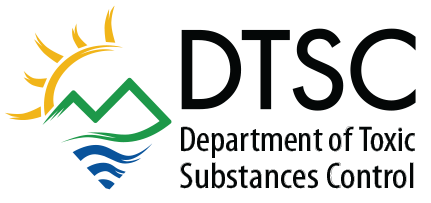News Release
T – 09 – 17
Barbara A. Lee, Director
FOR IMMEDIATE RELEASE
June 14, 2017
Contact: Elizabeth Scott
DTSC_newsreleases@dtsc.ca.gov
DTSC Releases Guide to Help Manufacturers Identify Safer Alternatives
SACRAMENTO – The Department of Toxic Substances Control (DTSC) today released the first version of its Alternatives Analysis Guide, which was developed to help manufacturers identify safer alternatives to hazardous ingredients in certain consumer products.
The release is a key milestone in DTSC’s Safer Consumer Products program, which seeks to reduce toxic chemicals in products that consumers buy and use. The program creates a process to identify hazardous chemicals, and encourages manufacturers to replace them with safer alternatives.
“The Safer Consumer Products program is a landmark shift in the way California ensures the safety of consumer products,” said DTSC Director Barbara A. Lee. “As a global leader and collaborator, DTSC looks forward to building upon industry’s best practices and assisting manufacturers. We are providing tools that will help manufacturers innovate to meet the requirements of our regulations and create a safer environment in California.”
The release of the Alternatives Analysis Guide follows extensive input from the public in a process that began in September 2015. The guide will be periodically updated to reflect advances in Alternatives Analysis as the program evolves.
Through the Alternatives Analysis process, manufacturers identify, evaluate and compare one or more alternatives to their current product formulation. This comprehensive consideration of alternatives is designed to avoid unintended consequences of substituting one harmful chemical for another and to evaluate impacts throughout the entire life cycle of a product.
“We have compiled resources and tools that we believe will help manufacturers conduct those evaluations. Manufacturers have the flexibility to integrate those tools that best align with their own business processes so they can be innovative in their approach to identify substitute chemicals that are safer for the people of California and the environment,” said Meredith Williams, Ph.D., Deputy Director for DTSC’s Safer Consumer Products and Workplaces Program.
Release of the Alternatives Analysis Guide coincides with finalization of rulemaking for the SCP Program’s first Priority Product – children’s foam padded sleeping pads, such as nap mats, with certain flame retardants. This regulation becomes effective on July 1st. DTSC’s proposed rule to list its second Priority Product, spray polyurethane foam (SPF) systems with MDI, completed its public comment period on June 6. Regulations to list paint stripper containing methylene chloride as a Priority Product are also under development.
An online version of the AA Guide is available on our Safer Products page
# # #
FOR GENERAL INQUIRIES: Contact the Department of Toxic Substances Control to report illegal handling, discharge, or disposal of hazardous waste or other environmental concerns at Calepa.my.salesforce-sites.com/complaints/Complaint.
The mission of DTSC is to protect California's people and environment from harmful effects of toxic substances by restoring contaminated resources, enforcing hazardous waste laws, reducing hazardous waste generation, and encouraging the manufacture of chemically safer products.
